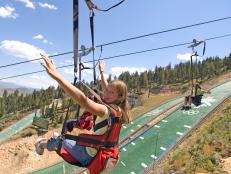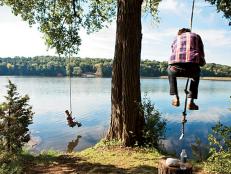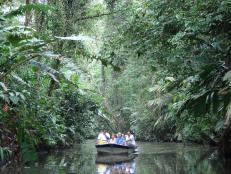Stand-Up Paddle Boarding 101
On a clear summer day, it’s not unusual to see boats, jet skis and kayaks out on the water. But none of those are considered one of the fastest growing water sports in the world. That distinction belongs to stand-up paddle boarding, and it’s easier to learn than you might think.
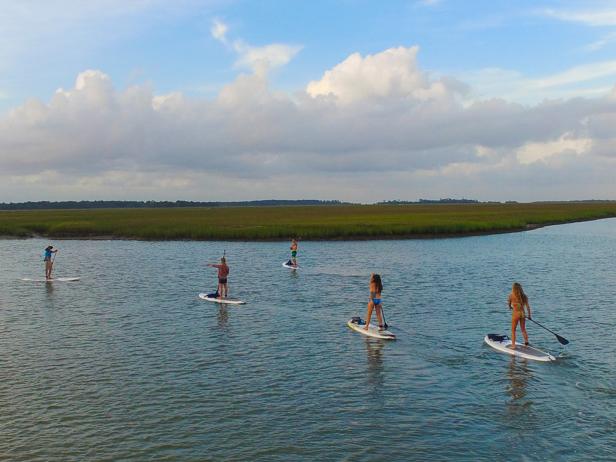
Andy Lassiter, Sea Island Media / Charleston SUP Safaris
Stand-up paddle boarding, or SUP, is exactly what it sounds like. Essentially, riders stand on a long board and use a paddle to propel themselves across either flat water, like a river or lake, or the ocean. Pinning down the origins of the sport is difficult because while its mass popularity is relatively new, its history goes back centuries to various ancient cultures. SUP Magazine has done a fantastic job documenting the history of stand-up paddling if you’re interested in learning more.
One of the best ways to learn how to paddle board though is to take lessons with Jon Ory, owner of Charleston SUP Safaris. Ory is the man to see if you’re in Charleston, South Carolina and anxious to turn your next vacation into an opportunity to get fit and tackle a new sport. Ory, who was born in Hawaii and grew up in the Holy City, has been teaching the art of stand-up paddle boarding from Folly Beach since 2011 and has seen the sport explode in popularity in recent years.
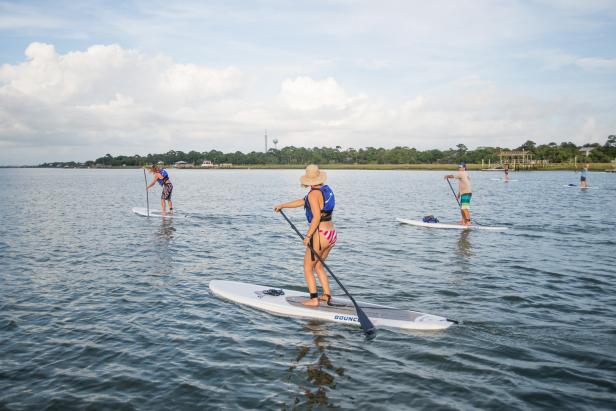
Andy Lassiter, Sea Island Media / Charleston SUP Safaris
“The learning curve is so small,” says Ory, who went from 11 boards in his fleet when he started to 32 now. “If you can stand in the kitchen and make some breakfast, then you can paddle board.” Ory, who used to teach surf lessons, explains that surfing requires a lot more motivation, practice and balance while the barrier for entry is much lower for paddle boarding.
So, what’s the first thing a stand-up paddle board instructor teaches a new student? Safety, of course. Before a paddle ever touches the water it’s important to become familiar with the environment you’re entering and any hazards (bridges, oysters, etc.) you might encounter.
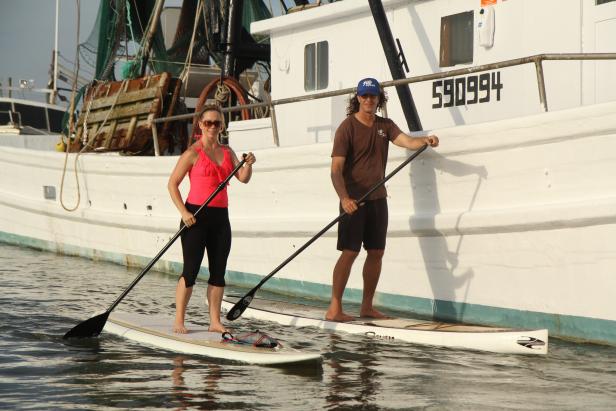
Richard Brendel
The next lesson in “Ground School” as Ory calls it, is how to paddle. There are three strokes one must master. The forward paddle stroke, back paddle stroke and the sweep stroke. The forward paddle stroke is the one that propels you across the water, the back paddle is how you stop and the sweep stroke helps you turn while keeping forward momentum.
While still on the beach, Ory also makes sure students know the proper way to stand on the board as well as how to carry it. But, perhaps as important for those of us just starting out, is the proper technique to get back on the board should you fall off. “Getting wet and having fun is an integral part of paddle boarding,” says Ory.
Now that you have the basics down, you’re ready to enter the water. Ory recommends launching by walking into the water and starting in the “safe position,” which is on your knees so you’re not trying to stand on the board in shallow water. Once you’re up and moving, use the strokes you practiced and steer clear of hazards.
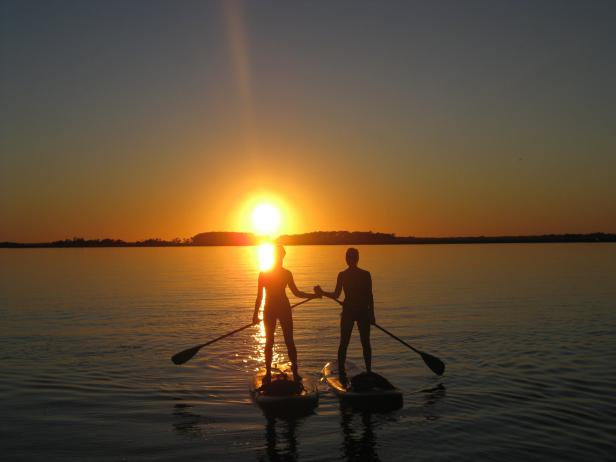
Jon Ory, Charleston SUP Safaris
If the SUP bug bites and you want to invest in your own board, Ory says you can’t go wrong with an all-around or hybrid board that’s about 10 or 11 feet. It has a rounded nose and looks like an oversized long board surf board. These boards are perfect for flat water and surf so you can utilize them no matter where you go. If you want to stick to just flat water though, try going with a touring or race-style board. These boards have a “pointy” nose and they are not used in the surf because they’re more square on the rail.
With these basic skills and your shiny new board, you’re ready to hit the water wherever you vacation this summer. If you’re looking for the ultimate SUP vacation destination though, Ory suggests one dream location. “Take a sailboat, bring your paddle board and island hop around the South Pacific,” says Ory. “I can’t wait to go to Fiji and paddle board.”


